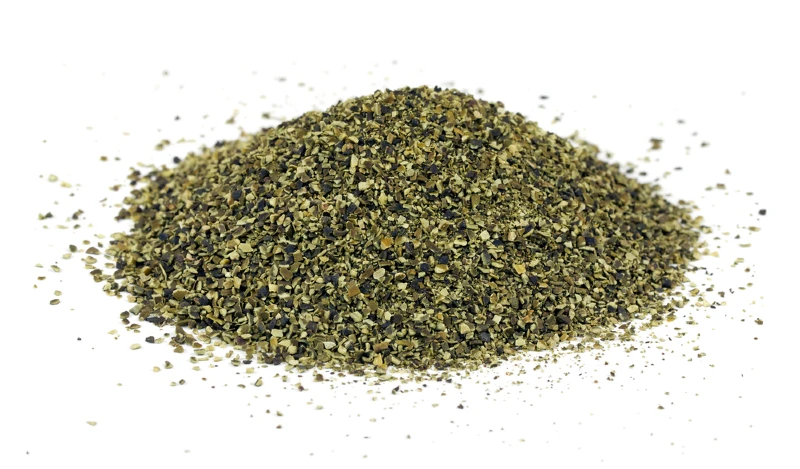How to Melt Ice on a Driveway: 6 Tips & Tricks (With Pictures)
-
Codee Chessher
- Last updated:

If your area gets cold enough for your driveway to get iced over, you probably wish there was an easy way to get rid of it. Thankfully, there are numerous ways you can easily melt the ice on your driveway. Let’s check out what you’ll need and how to go about it.
The 6 Tips & Tricks on How to Melt Ice on a Driveway
1. Driveway Salt

- Driveway salt
- Shovel (optional)
- Sand (optional)
Salt is one of the most trusted and affordable ways to melt ice. There’s a reason many places still use salt trucks to keep roads clear. The best way to use driveway salt is before any ice forms, but it can just as easily melt ice afterward. Mix sand with the salt to help add traction for your car and foot traffic.
First, you’ll want to shovel away any snow lingering in the driveway. Get it as clear as you can before salting the driveway. Then, spread a thin, even layer of driveway salt across the entire surface. After you salt it, you should immediately notice the ice starting to melt. Applying salt after de-icing can help reduce the amount of ice that forms on your driveway in the future.
2. Hot Water Method

- Hot water
- Push broom
Boil a pot of water and apply it directly to your driveway, making sure to immediately brush away the water. If you don’t brush away the water, it can freeze and make your ice problem worse. Hot water is a great way to get rid of stubborn, thick ice on your driveway, especially if you need it de-iced immediately. The problem is that if it’s too cold, you could just be accumulating ice at the edge of your driveway or yard.
3. Try A DIY De-Icer

- Half gallon of hot water
- ¼ cup of rubbing alcohol
- A few drops of dish soap
If you dislike using salt, there are tons of DIY recipes you can make at home with readily available supplies. These are usually gentle on your landscaping, so you don’t have to worry about toxic chemicals harming your plants or contaminating groundwater.
Mix the ingredients listed above together and apply the solution directly to your icy driveway. The ice will instantly begin to bubble and melt, and you’ll be able to sweep it away if you wish. The mixture will linger on your driveway and help prevent ice accumulation in the future.
4. Vinegar Method

- Apple cider vinegar
- Hot water
The acetic acid in the vinegar will break down ice and snow by lowering the melting point. The downside is that it may take several applications to thoroughly coat the driveway. The acidity of the vinegar will prevent future snow and ice accumulation. You can put this solution in a spray bottle and use it to deice your windshield and windows, too!
Because vinegar is much more expensive than water, we recommend diluting the vinegar with hot water, which will further help deice your driveway. You don’t need more than ¼ cup or ½ cup of vinegar per half a gallon of hot water.
5. Snow Melting Mats
- Snow melting mats
These mats are essentially big, long heating pads that you put outside to prevent ice and snow from accumulating. They’re expensive to buy upfront, making them less economical than salt, but they’re extremely convenient. Simply plug the mats into a powered extension cord and watch the ice melt away. The biggest downside to these mats is that it requires a steep initial investment, especially if you want to cover your whole driveway.
6. Fertilizer

- Fertilizer
Sometimes, your driveway gets covered in ice and you have nothing to melt it. In a pinch, you can use commercial fertilizer to de-ice your driveway. Fertilizer has urea and ammonium-based compounds that help melt ice, but the main downside is that it can harm the soil and groundwater nearby. We don’t suggest using this if you have plants near your driveway.
Conclusion
Icy driveways are one of life’s biggest inconveniences, especially because it usually accumulates overnight. Using one of the methods detailed above, you can easily de-ice your driveway and keep it clear all winter.
Featured Image Credit: Kit Leong, Shutterstock
Contents

